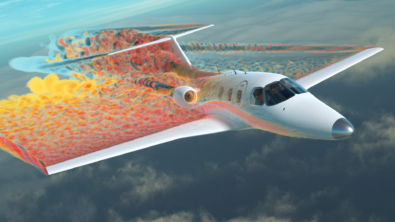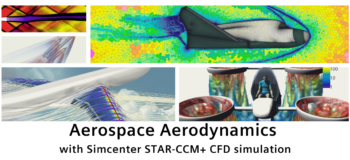A journey through the skies – lifting aerospace CFD engineers to new heights
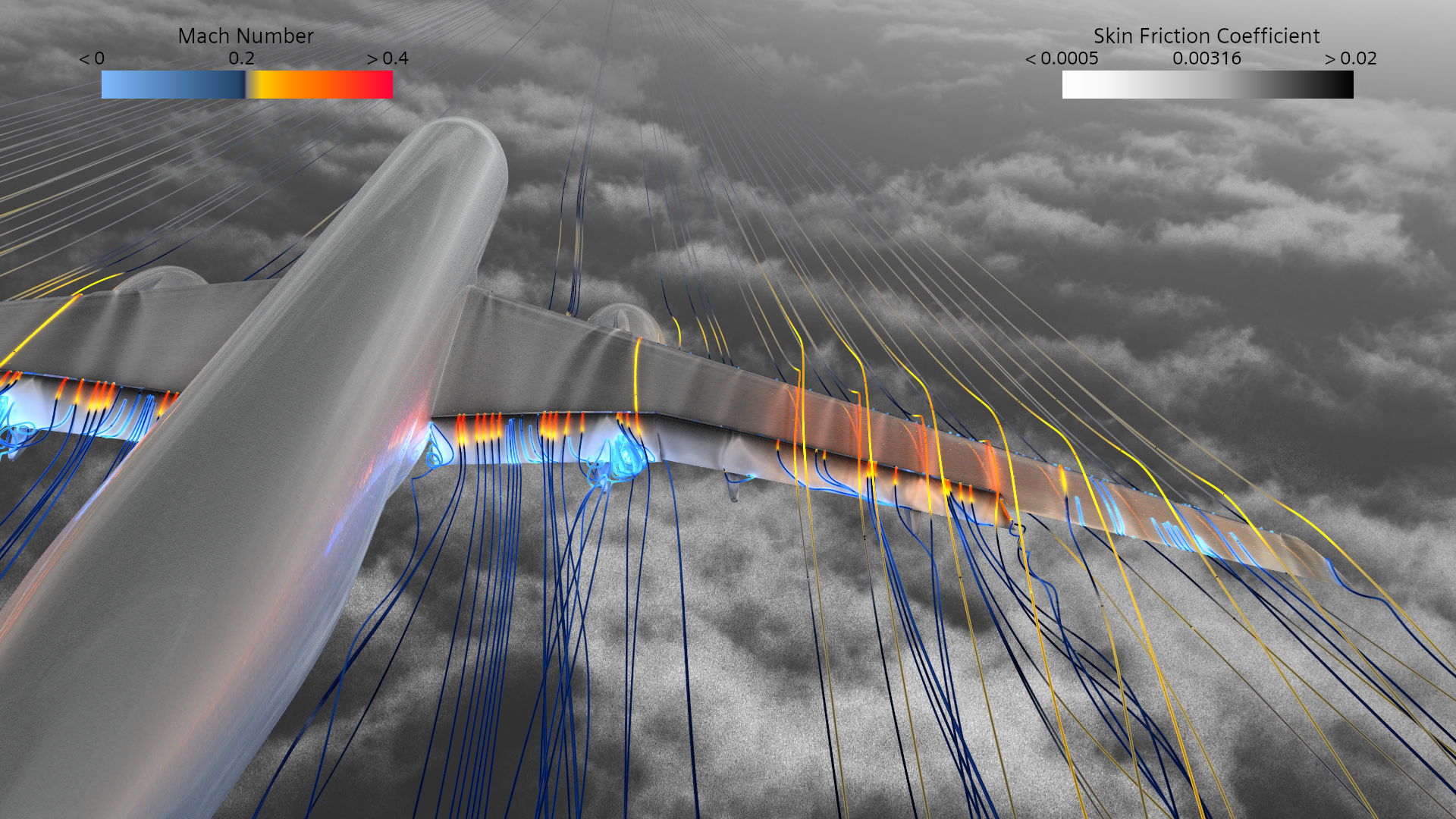
From subsonic cruise to supersonic travel
There is a certain magic in flight.
From the ancient myths of Icarus and Daedalus to the marvels of modern aerospace, flight has symbolized humanity’s timeless pursuit of freedom and the aspiration to transcend earthly limitations.
Certainly, what once was confined to dreams and legends has been transformed into a tangible reality, thanks to the technological advances of the past century – strongly driven by aerospace CFD engineering.
This transformation has not only revolutionized the way we travel, but it has also profoundly impacted our society. Today, our world has become incredibly cosmopolitan and interconnected, with people and cultures seamlessly crossing borders and continents.
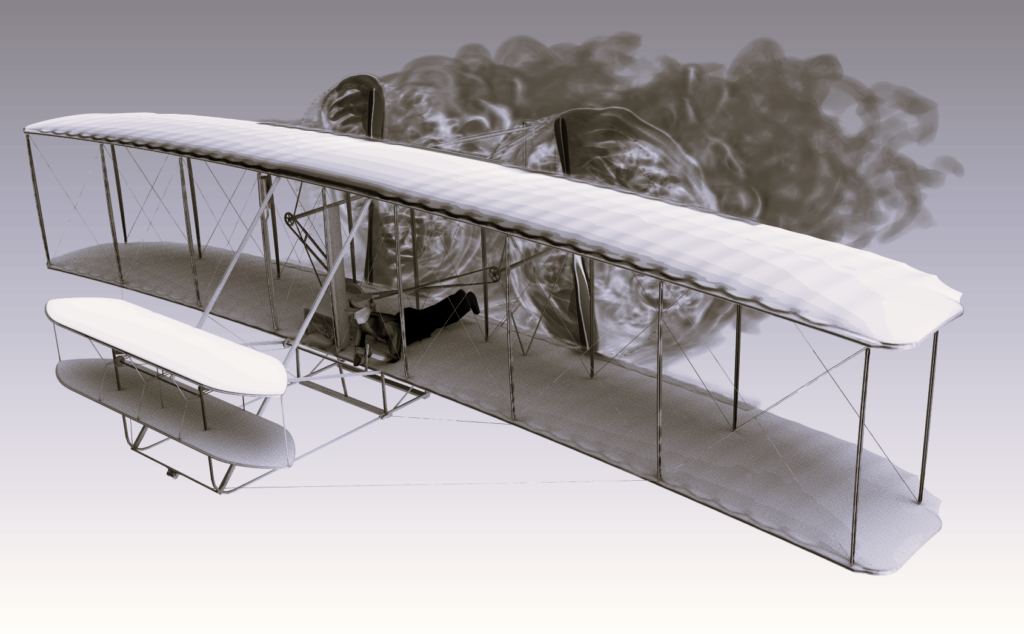
Flight has become the lifeline that connects us, fostering cultural exchange, economic growth, and international cooperation. Moreover, the advancements in aerospace engineering have propelled the development of humanity to new heights. From space exploration and satellite communications to the efficient transportation of goods and humanitarian aid, flight has become an integral tool in shaping a better future for us all.
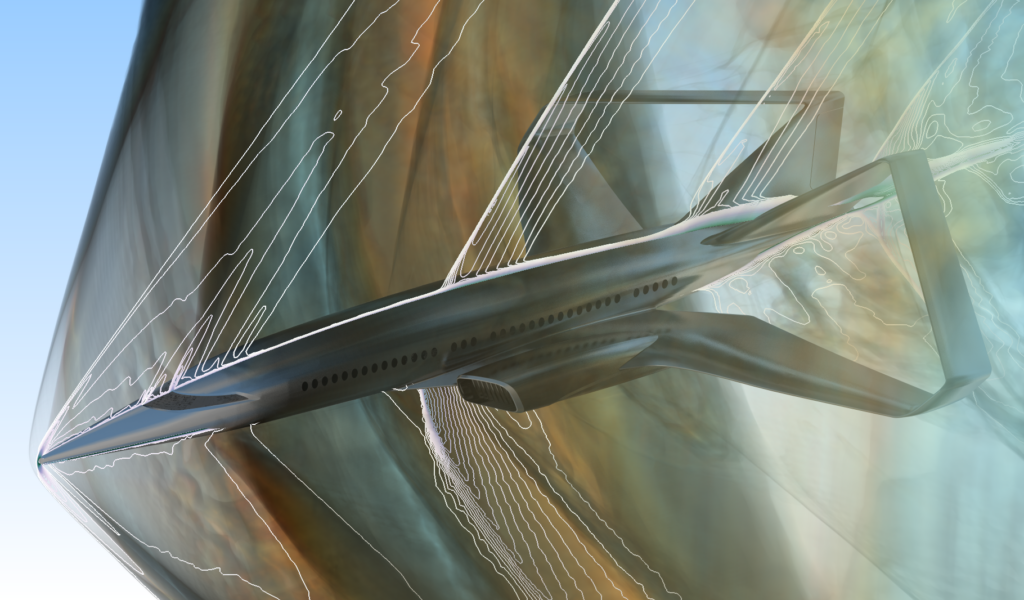
In this dynamic landscape, every journey through the skies is a carefully studied design of complex airflows, from the smooth currents of subsonic cruise to the intense, high-speed dynamics of supersonic travel. The challenge for aerodynamicists today is to master these flows, push the boundaries of innovations and unlock the next wave of aerospace advances.
Master the flow across all speed regimes
Clearly, the role of simulation in aerospace engineering is vital in pursuing this goal, and CFD is not standing still: with the new release of Simcenter STAR-CCM+ aircraft aerodynamics engineers will benefit from a powerful suite of new features designed to push the limits of what is possible. With improved turbulence and transition models, robust supersonic flow simulations, and added GPU acceleration, there is much to discover.
Come aboard and enjoy the journey! We’ll start slowly and gradually accelerate towards high speeds, unveiling all new capabilities along the way.
Efficient modeling of subsonic and transonic flows
Let’s begin with the most familiar, subsonic and transonic flights, the regimes where commercial airliners spend their time. Safety and reliability are paramount here, so engineering accuracy is critical to capture all the subtle nuances of air flows. And at the heart of this, in CFD terms, is turbulence modeling.
Introducing the standard Spalart-Allmaras turbulence model
Over decades, the Spalart-Allmaras (SA) turbulence model has become the go-to reference in the aerospace industry, used by engineers worldwide for its simplicity and effectiveness in predicting boundary-layer phenomena. In Simcenter STAR-CCM+ 2410, we introduce the standard formulation of the Spalart-Allmaras turbulence model, aligning our models offering to the best practices recognized by the aerospace community, and referenced by the NASA Turbulence Modeling Resource. Ensuring access to industry-leading methods is essential to drive innovation.
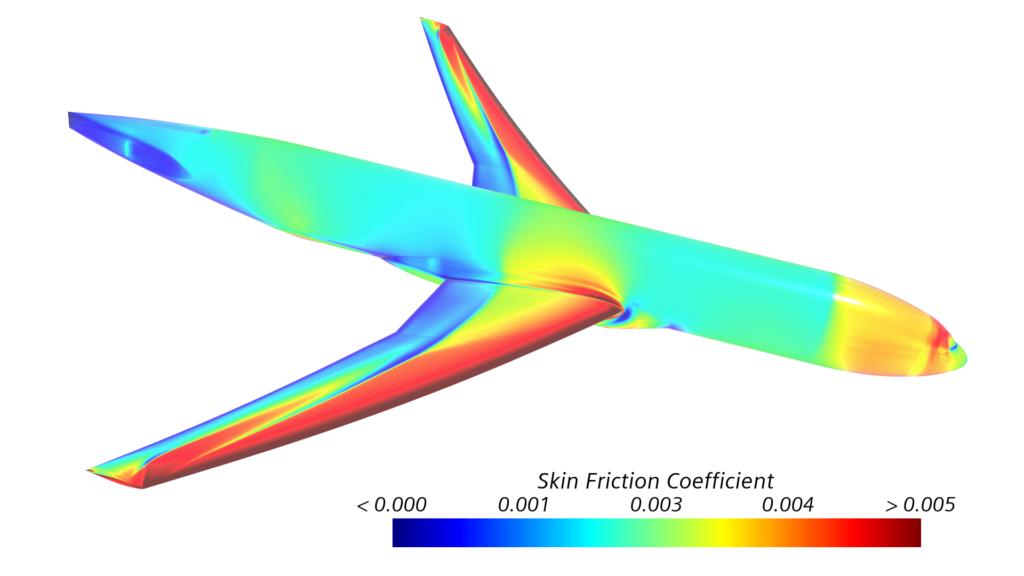
To highlight the benefits of the new formulation, we turn our attention to the renowned NASA Common Research Model (CRM) wing-body configuration, a widely recognized benchmark from the 6th AIAA Drag Prediction Workshops.
To assess the performance, a mesh convergence study was carried out, comparing the standard Spalart-Allmaras (SA) formulation in Simcenter STAR-CCM+ version 2410 to its counterpart in version 2406. Both models were used with rotation (R), rotation/curvature (RC), and quadratic constitutive relation (QCR) corrections. The outcomes of this study revealed a consistent reduction of 3 drag counts across all levels of mesh refinement, ultimately converging to a drag coefficient of 0.0260. As a result, our solution aligns more closely with the collective results of the workshop participants using SA-QCR formulations. Right: CRM test case from 6th Drag Prediction Workshop. Source: 10_DPW6 Summary-Draft-ET.pptx (nasa.gov)
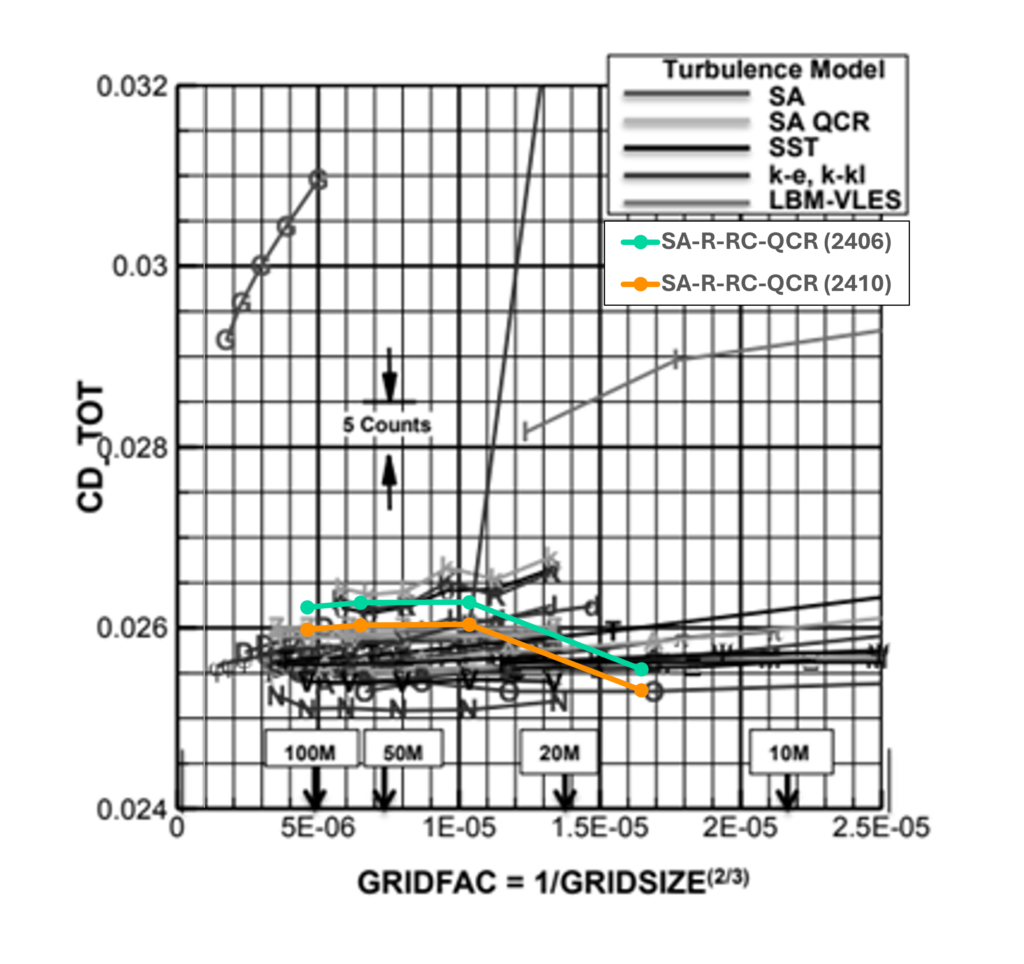
Gamma Transition model compatible with Spalart-Allmaras
There is more to tell. The boundary layer—the thin sliver of air flowing close to the wing surface—is not a static phenomenon. In real-world conditions, turbulence transitions can occur, causing the laminar flow to transition into turbulent flow and vice versa. These transitions have direct implications for aerodynamic performance and are increasingly important with the rise of Urban Air Mobility (UAM), where low-speed operations are more frequent.
To enhance the efficiency and robustness of capturing these effects, Simcenter STAR-CCM+ 2406 extended the Gamma Transition model to be compatible with Spalart-Allmaras, thereby adding extra value to the newly revised formulation. A deep dive on this model extension was presented at the AIAA 2023 Aviation Forum in Extending One-Equation Local Correlation-Based Transition Model for Spalart-Allmaras Turbulence Model.
To prove the efficacy of this model extension, we conducted simulations on the sickle wing test case from Petzold & Radespiel (2013). By comparing the solutions obtained with the SST K-Omega + Gamma model and the SA + Gamma model, it clearly emerges that the SA + Gamma model accurately predicted the transition, displaying excellent agreement with test data. Moreover, with the added benefits of major robustness and reduced computing costs.
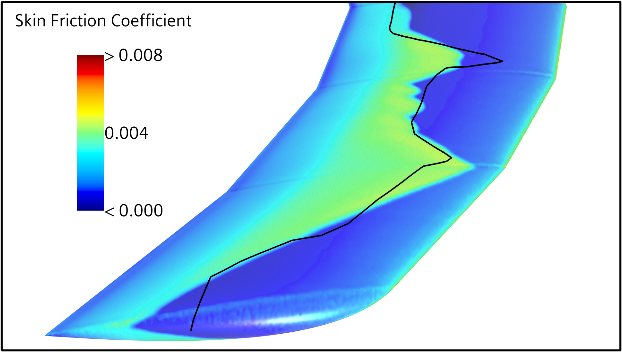
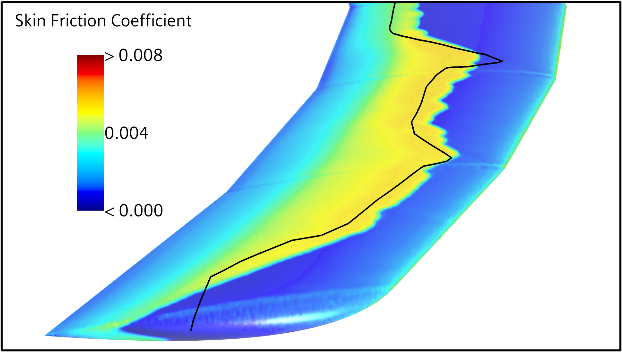
User-defined source terms for all turbulence transition models
In the diverse world of aerospace engineering, a single solution rarely fits all needs. And the field of transition modeling is similarly dynamic and in continuous evolution, reflecting on-going research efforts in academia. That’s why Simcenter STAR-CCM+ 2410 includes the possibility of setting user-defined source terms for all transition models, allowing for tailored simulations to match the unique requirements each application may have. Whether developing turbine blade designs or improving wing performance, this new level of customization ensures that simulations stay innovative and adaptable to evolving aerodynamics challenges.
The LS89 test case is a renowned benchmark from the Von Karmann Institute for evaluating the aero-thermal predictive capabilities of CFD codes. This is shown below to demonstrate the effectiveness of a customized Gamma-ReTheta transition model in improving the prediction of the chordwise distribution of the heat transfer coefficient.
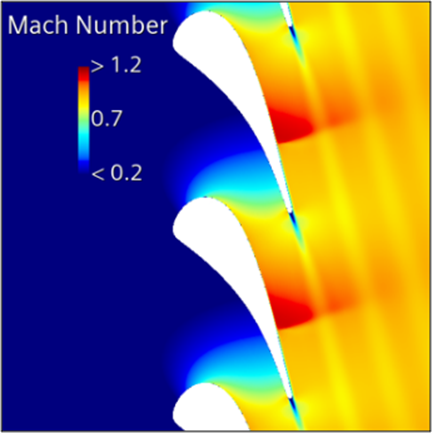
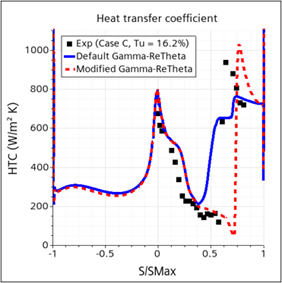
Advancing high-speed flow simulation
As we venture into supersonic and hypersonic flows, the challenges become more pronounced. Shock waves, drag rise, and heating all come into play, making it crucial to simulate these effects with high fidelity.
Enhanced thermodynamic treatment of the Equilibrium Air equation of state
That’s why we have enhanced the thermodynamic treatment of the Equilibrium Air equation of state (EOS) at low pressure and temperature, providing improved accuracy for supersonic flow conditions. This enhancement of Simcenter STAR-CCM+ 2410 increases the range of applicability of the Equilibrium Air EOS, ensuring the delivery of accurate results for a full sweep of speed regimes. The improved behavior results in better prediction of thermodynamic quantities such as specific heat and speed of sound, and therefore in improved flow patterns. To illustrate the effectiveness of these enhancements, we provide an example featuring the HL20 vehicle in re-entry conditions at Mach 6, where the temperature peak lies correctly at stagnation point.
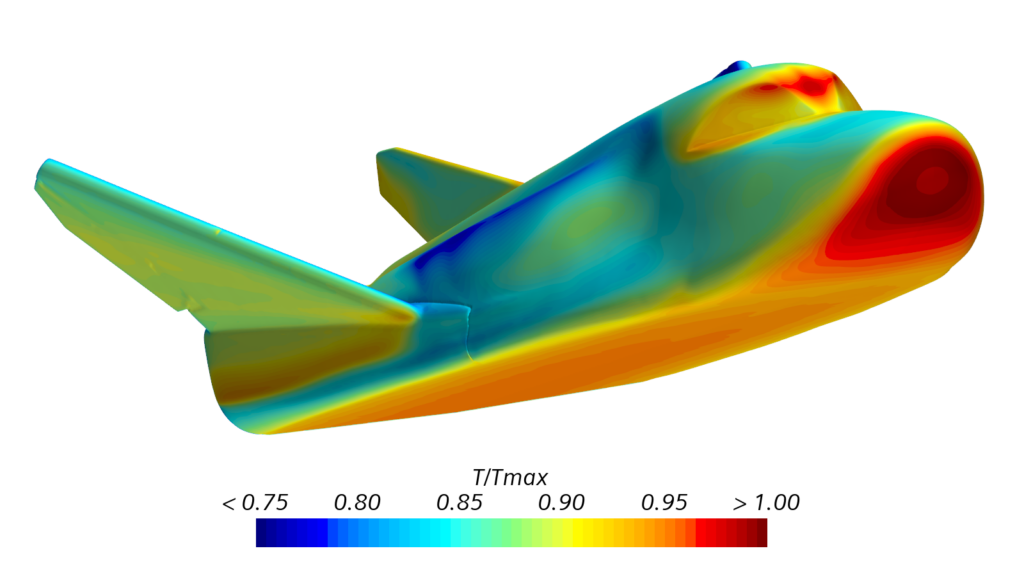
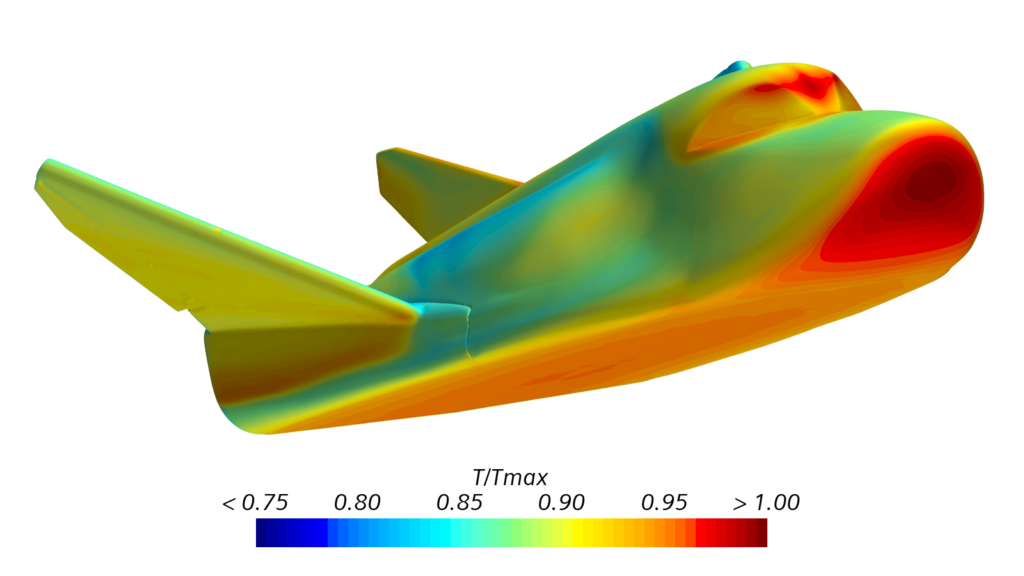
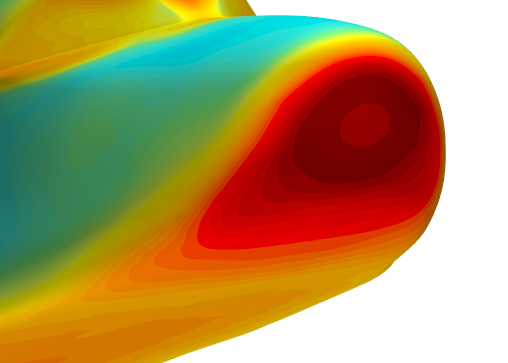
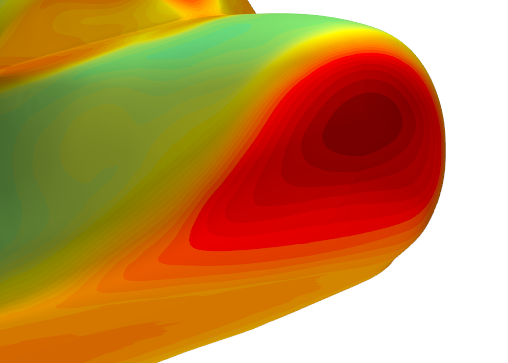
Spalart-Allmaras formulation revisited – at high speed flows
We already talked about the new Spalart-Allmaras formulation, didn’t we? It turns out that the benefits are even stronger for high-speed flows. Looking at a benchmark with the Run 28 of the CUBRC LENS-II cone-flare model, the new formulation clearly improves the prediction of both peak and downstream heat flux.
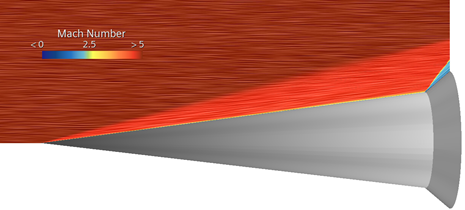
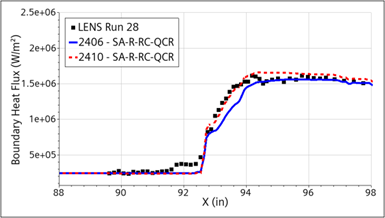
Push the turbo-engines with smoother and more stable convergence
As speeds climb high, the demand on engines increases, and air compressors play a critical role in sustaining thrust. In CFD simulations, however, modeling compressors can pose significant challenges. During initial stages for example, the gas flow must settle against a pressure gradient, which can often lead to flow reversal at the outlet boundary. This phenomenon can introduce computational instabilities and complicate the simulation process. To counter this, Simcenter STAR-CCM+ 2410 introduces a “Blocked reversed flow” option for the pressure outlet boundary condition, promoting smoother and more stable convergence without the need of alternative ramp-up strategies. The treatment automatically prevents reversed flow in case this should appear, switching back to open outlet when the flow is established. This improvement also helps general turbomachinery applications, making simulations more reliable and less prone to costly disruption.
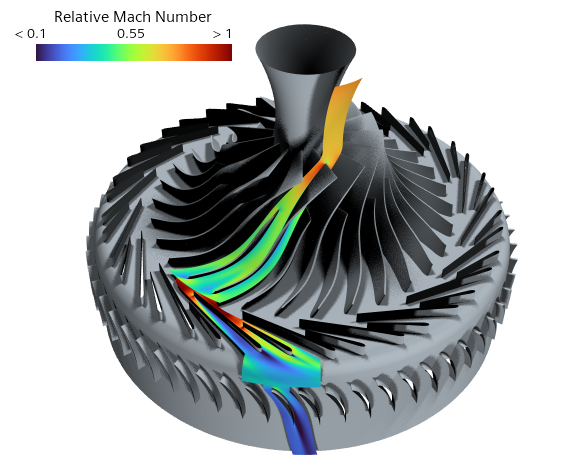
Testing the NASA High-Efficiency Centrifugal Compressor, shows an excellent improvement in convergence rate comparing to a solution with default pressure outlet boundary.
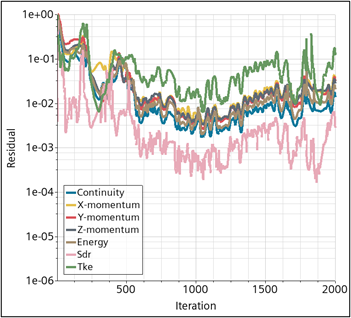
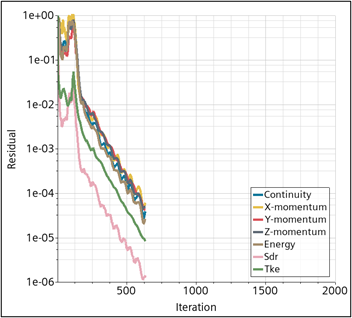
Go even faster with GPUs without compromising solution accuracy
In the race to meet growing demands for faster simulations, performance acceleration has become a top priority. With key algorithmic improvements, the GPU performance of the coupled flow and energy solver has achieved up to a 2x speedup in Simcenter STAR-CCM+ 2410, without compromising solution accuracy.
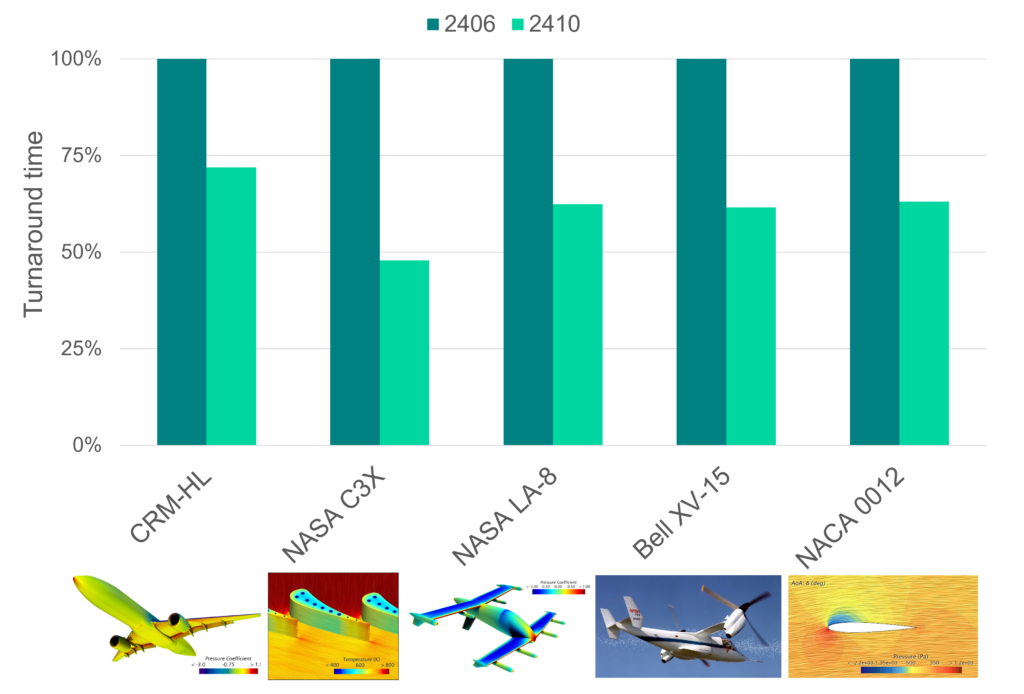
This leap in solver efficiency enables more simulations to be run in less time, just that simple. Whether it’s full aircraft aerodynamics analysis or detailed component-level studies, the enhanced GPU performance allows for more design iterations and faster delivery of high-quality results, paving the way for greater innovation. A broad selection of benchmarks is shown above, highlighting the clear improvements in the upcoming release.
Excellent parallel GPU scalability
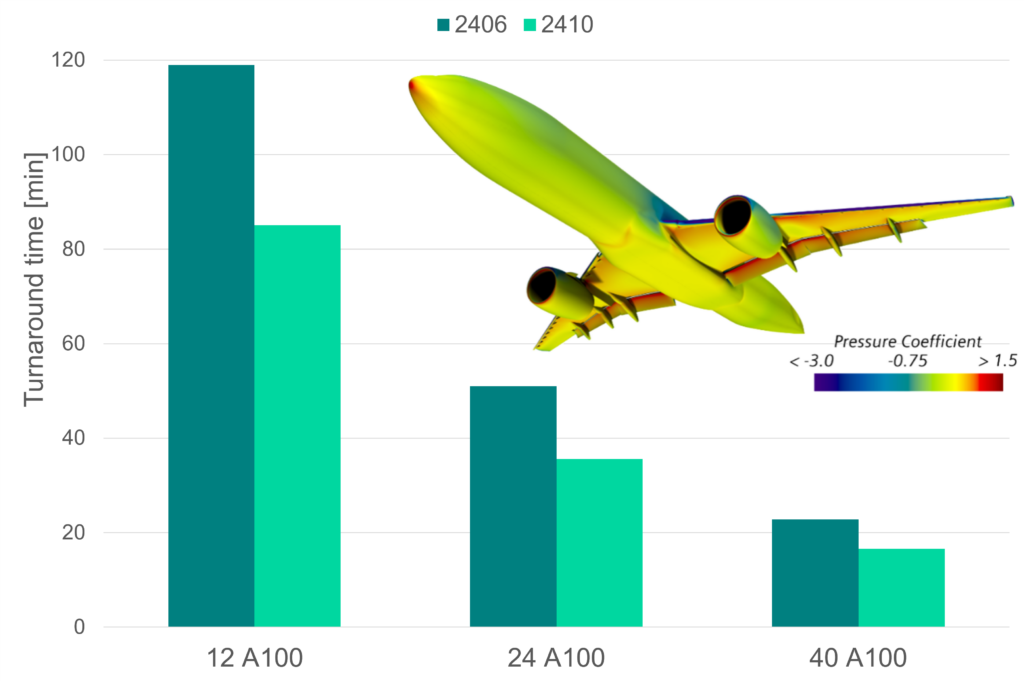
Taking a closer look at the High-Lift Common Research Model, which we have recently explored in detail in Fasten your seat belts: the coupled solver is taking off on GPU!, results speak for themselves. A consistent 30% reduction in turnaround time is seen with Simcenter STAR-CCM+ 2410, along with excellent parallel scalability on multi-node GPUs. This means you can now run this 110 Million cells aerospace aerodynamics case in under 20 minutes.
Aerospace CFD reaching new heights
Aerospace engineering is a never-ending journey, with each project presenting new challenges and opportunities. With these latest features in Simcenter STAR-CCM+ 2410, we’re expanding the toolbox to reach new heights, whether you’re optimizing a commercial aircraft for subsonic flight or pushing the limits of high-speed aerospace engineering.
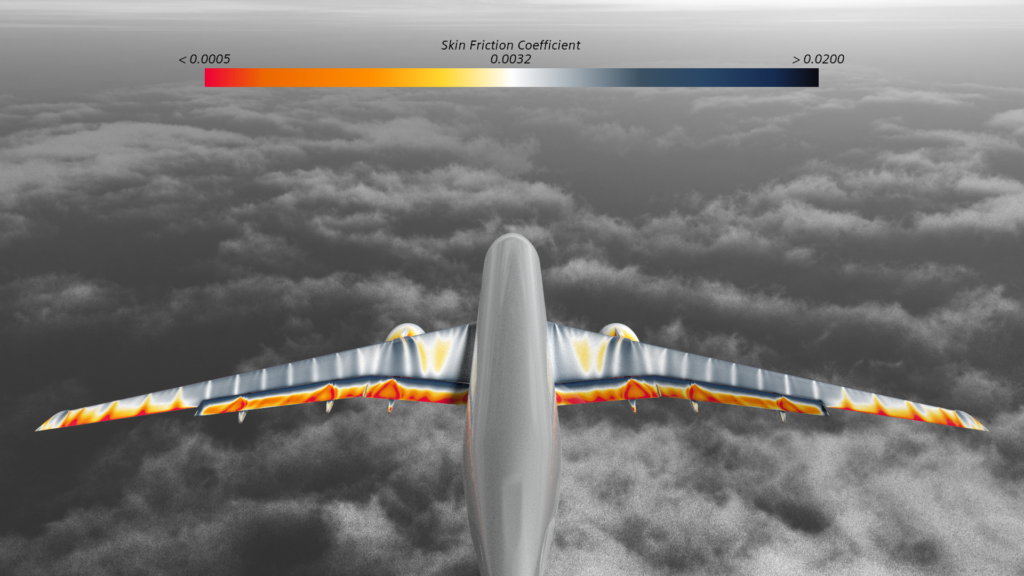
From turbulence and transition modeling to enhanced compressor simulations and GPU-accelerated solvers, our commitment is to help you solve the toughest problems, faster and more accurately than ever before.
The future of aerospace simulation is bright. Like a journey through the skies.
Acknowledgement
Thanks to the Vlaams Supercomputer Centrum (VSC) for providing access to GPU resources for multi-node testing.
